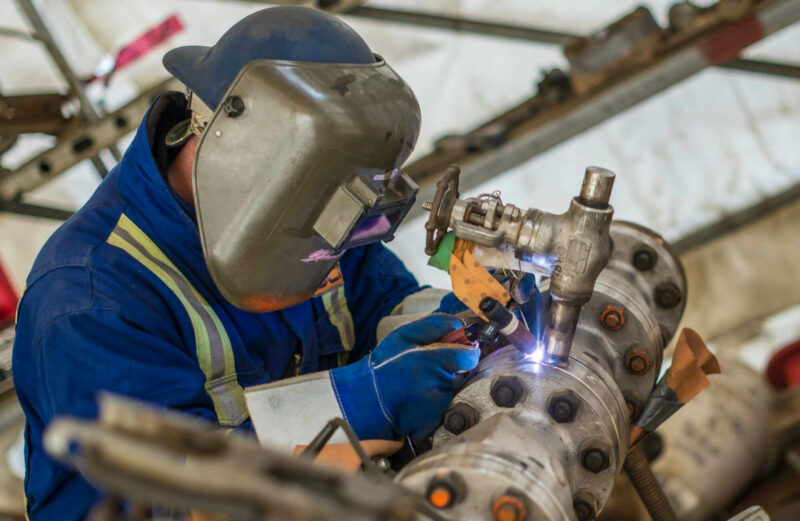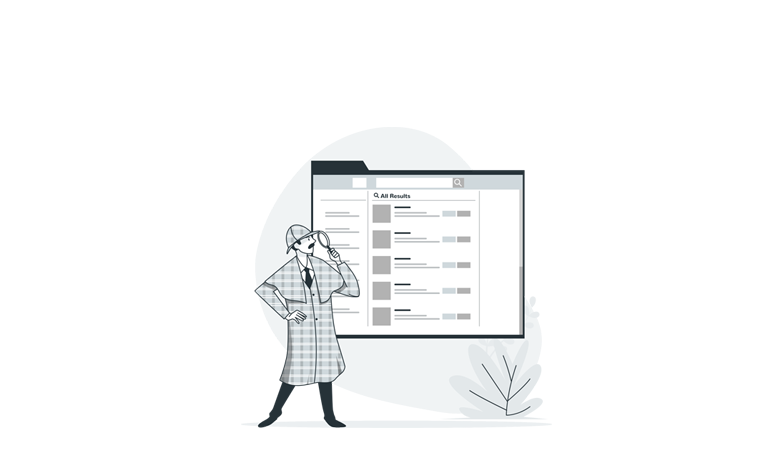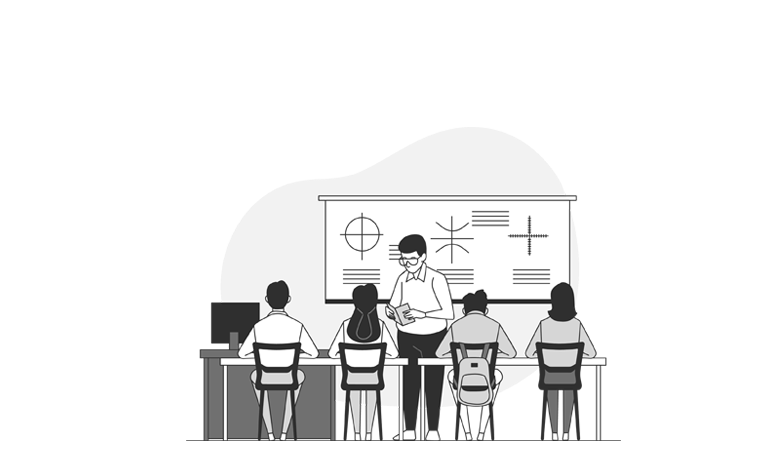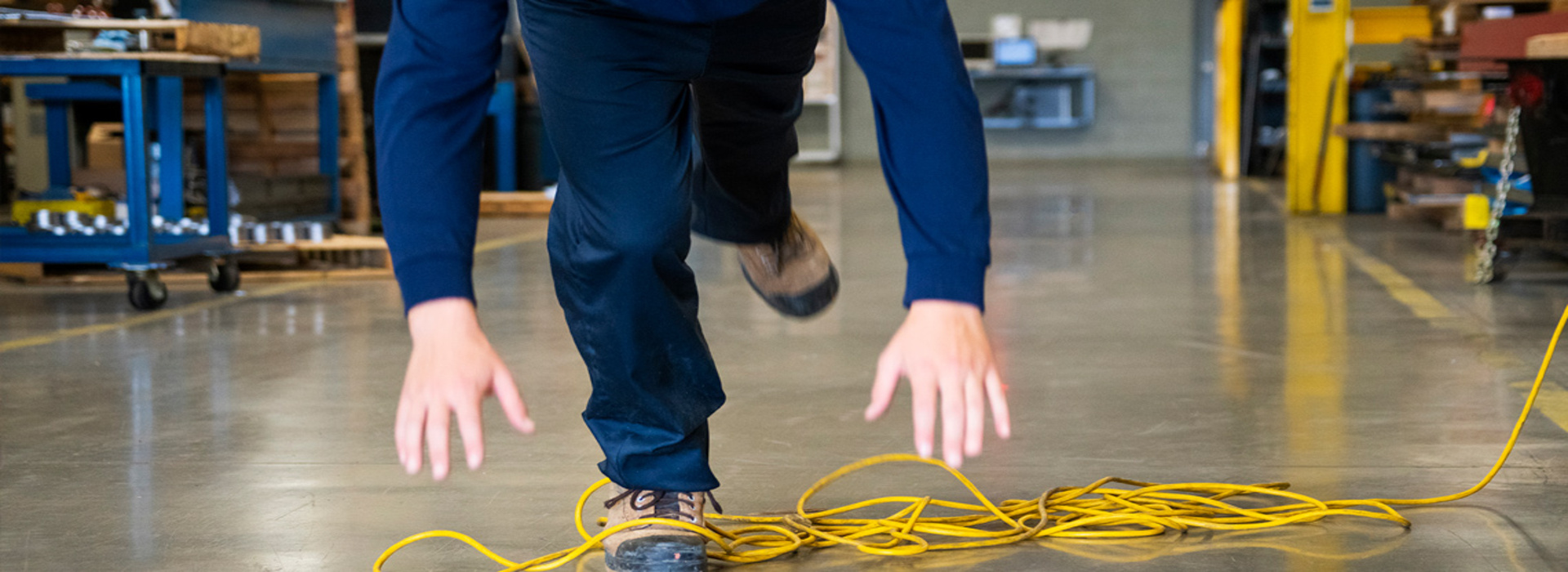
6 Jun 2024
Introduction
Slips, trips, and falls (STFs) are common workplace incidents that result in significant injuries and financial losses. While traditional safety measures like engineering controls and administrative procedures are essential, integrating a behavior based safety software system into slip, trip and fall prevention strategies can further enhance workplace safety. A behavior based safety system focuses on understanding and modifying employee behaviors to create a proactive and sustainable safety culture.
Understanding Behavior Based Safety
Behavior based safety in the context of slip, trip and fall prevention involves:
- Identifying Risk Behaviors: Recognizing behaviors that contribute to slips, trips and falls.
- Implementing Interventions: Developing strategies to change unsafe behaviors.
- Monitoring and Reinforcement: Continuously tracking behavior changes and reinforcing safe practices.
Key Components of Behavior Based Safety in Slip, Trip, Fall Prevention
Leadership Commitment
1. Visible Leadership Support
- Leaders must demonstrate a commitment to slip, trip and fall prevention.
- Example: Regularly participating in safety meetings and visibly supporting safety initiatives.
2. Resource Allocation
- Providing necessary resources for safety training, equipment, and improvements.
- Example: Allocating budget for slip-resistant flooring and proper lighting installations.
3. Implement Behavior Observation System
- Provide tools to conduct behavior observation.
- Example: Use mobile apps such as ORBIT by OSHEPRO to record and analyze safe & unsafe behaviors that lead to slip, trip and fall.
Employee Involvement
1. Safety Committees
- Forming committees with diverse representation to address slip, trip and fall issues.
- Example: A committee comprising employees from different departments to discuss common slip, trip, fall hazards and solutions.
2. Feedback Mechanisms
- Share behavior observation data with employees, pointing out unsafe behaviors and unsafe conditions. Let the data speak for itself.
- Example: Multiple observations with poor housekeeping in one area of the facility is an indication of unsafe behavior for the entire group of employees working in that area.
3. Recognition Programs
- Acknowledging and rewarding employees who contribute to safety initiatives.
- Example: Monthly safety awards for individuals who identify and mitigate potential slip, trip and fall risks.
Training and Communication
1. Ongoing Training
- Regularly conducting training sessions focused on slip, trip and fall prevention.
- Example: Quarterly workshops on identifying and avoiding common slip, trip and fall hazards.
2. Clear Communication
- Using multiple channels to disseminate safety information.
- Example: Safety newsletters, emails, posters, and digital displays highlighting slip, trip and fall prevention tips.
3. Engaging Materials
- Utilizing interactive and engaging materials to maintain interest and knowledge retention.
- Example: Interactive e-learning modules and virtual reality simulations of slip, trip and fall scenarios.
Monitoring and Evaluation
1. Incident Tracking
- Maintaining detailed records of slip, trip, fall incidents and near-misses.
- Example: A digital database to log and analyze slip, trip and fall incidents, identifying patterns and areas needing attention.
2. Regular Audits
- Conducting frequent safety audits to evaluate the effectiveness of slip, trip and fall prevention measures.
- Example: Bi-annual comprehensive safety audits focusing on high-risk areas for slips, trips and falls.
3. Continuous Improvement
- Using data from incidents and audits to refine and improve safety practices.
- Example: Implementing changes based on audit findings and continuously updating safety protocols.
Implementing Behavior Based Safety in the Workplace
Step 1: Conduct a Baseline Assessment
- Perform an initial assessment to understand the current state of slip, trip, fall risks and behaviors.
- Example: A thorough walkthrough to identify common STF hazards and survey employees about their awareness and practices.
Step 2: Develop Interventions
- Design targeted interventions to address identified risk behaviors.
- Example: Implementing a "Clean as You Go" policy to ensure walkways remain clear of obstacles.
Step 3: Train Employees
- Provide training on new interventions and safe behaviors.
- Example: Hands-on training sessions on proper footwear selection and maintenance.
Step 4: Monitor Progress
- Regularly monitor the implementation and effectiveness of interventions.
- Example: Supervisors conducting weekly spot checks to ensure compliance with new safety procedures.
Step 5: Reinforce Safe Behaviors
- Use positive reinforcement to encourage adherence to safe practices.
- Example: Offering incentives for departments with the fewest slip, trip, fall incidents.
Real-World Examples
Case Study 1: Manufacturing Plant
A manufacturing plant experienced frequent slip, trip and fall incidents due to cluttered walkways and improper use of safety footwear. The implementation of behavior based safety involved:
- Leadership Commitment: Management initiated monthly safety meetings and allocated funds for new, slip-resistant flooring.
- Employee Involvement: Forming a safety committee that included line workers and supervisors.
- Training: Conducting workshops on housekeeping and proper footwear.
- Monitoring: Weekly audits to ensure compliance with housekeeping standards.
- Reinforcement: Monthly recognition for teams maintaining clean and safe work areas.
Outcome: A significant reduction in slip, trip and fall incidents within six months.
Reference: OSHA Workplace Safety Success Stories
Case Study 2: Corporate Office
An office environment had issues with slips due to wet floors and trips over exposed cables. The behavior based safety approach included:
- Leadership Commitment: The CEO actively promoted safety through internal communications.
- Employee Involvement: An employee-driven safety committee was formed to identify and address hazards.
- Training: Regular safety briefings and an online reporting system for hazards.
- Monitoring: Installing moisture detectors and ensuring immediate response to spills.
- Reinforcement: A quarterly safety bonus for employees reporting the most hazards.
Outcome: Improved safety culture and reduced slip, trip and fall incidents by 40% in the first year.
Reference: NIOSH Office Safety Guidelines
Implementing a Behavior Based Safety System such as ORBIT by OSHEPRO for slip, trip, and fall prevention can significantly enhance workplace safety by focusing on modifying employee behaviors and fostering a culture of safety. By combining leadership commitment, employee involvement, comprehensive training, and continuous monitoring, organizations can effectively reduce the incidents of slips, trips, falls and create a safer, more productive work environment.



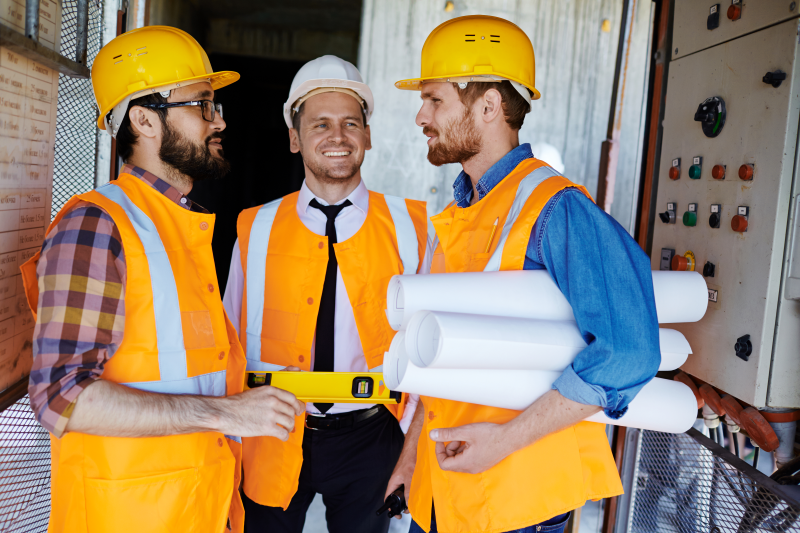
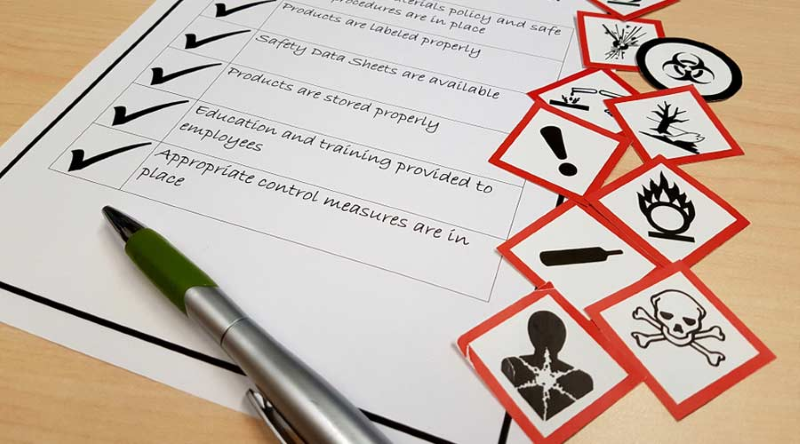



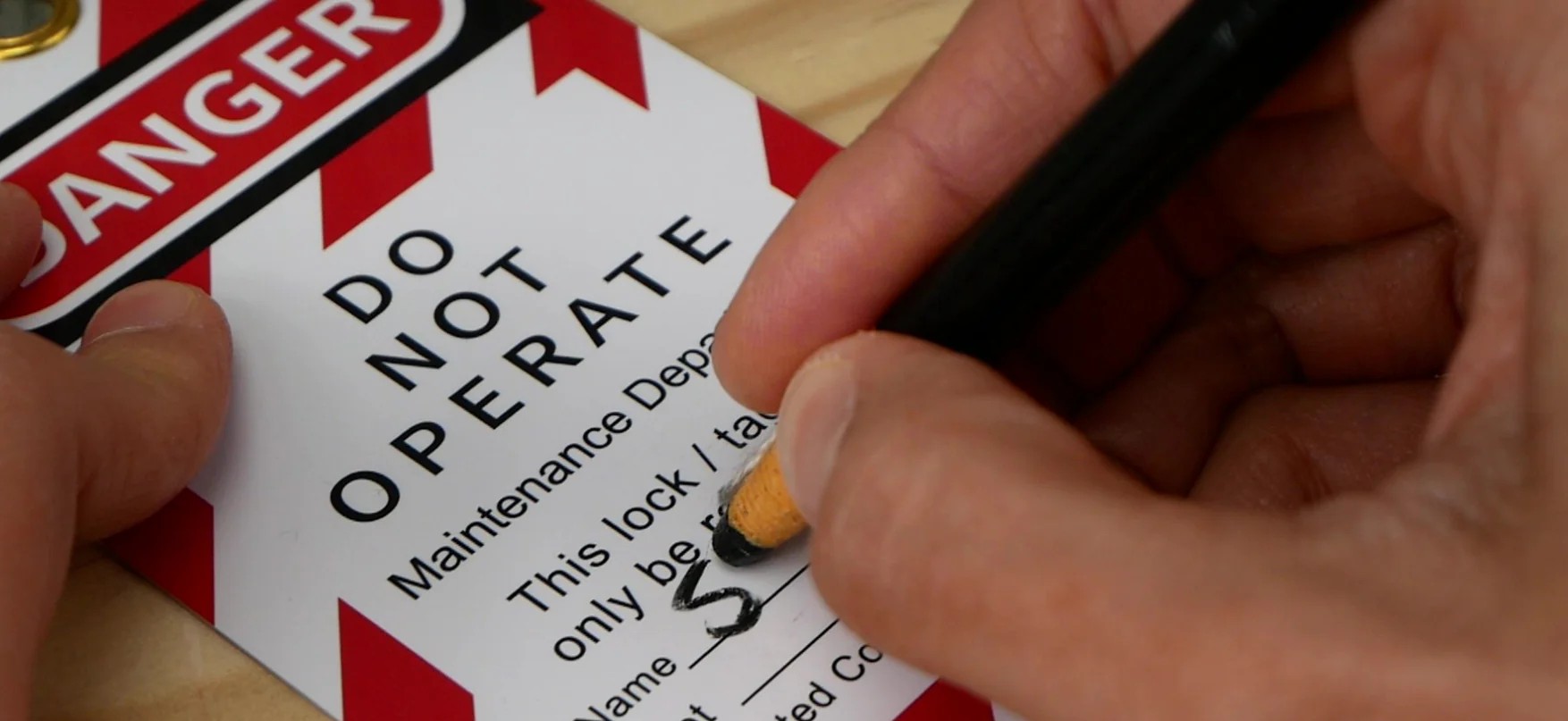



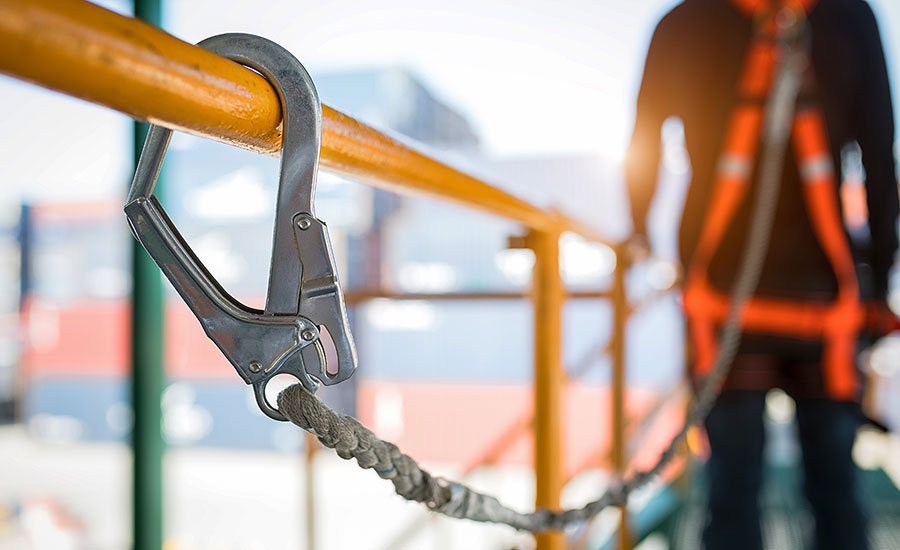
.png)



.png)


.png)
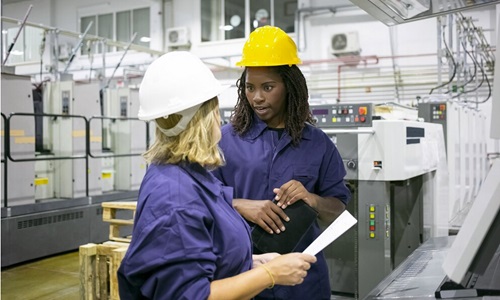



.jpg)

